VMware Workstation is very useful software, used to develop and test a system that runs on a real network. I'll give you an example, showing how to create a sophisticated virtual network with VMware Workstation, which can be used to test a database server system. In this example, it is a database server connected through a firewall to an external network. An Administrator computer is connected to the database server through a second firewall. The virtual network looks like this: Four virtual machines will be created and the virtual machine settings editor will be used to adjust the settings of their virtual network adapters. The bridged network adapters will make virtual machine 1 work in a bridged network so that the virtual machine can connect to an external network using the host computer's network adapter. The custom adapter should be added when creating virtual machine 1 so that it can connect with VMnet2. The adapter will also need to be modified so that the custom adapter causes virtual machine 2 to allow machine 1 to connect with VMnet2. Virtual machine 3 will need to have two custom adapters. One of them is to connect via VMnet2 and the other is for them to connect with VMnet3. Virtual machine 4 will need only one custom adapter to connect to VMnet3. The IP address of each adapter must be set correctly for the virtual network to function perfectly.
Steps
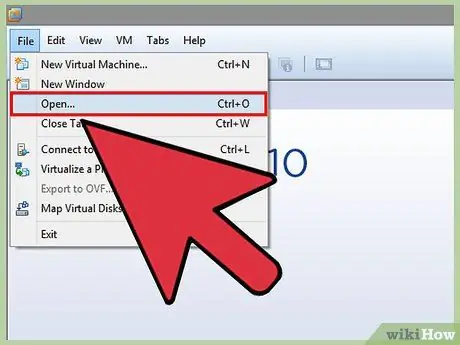
Step 1. Open Virtual Machine 1 by clicking in the left window, but do not turn it on
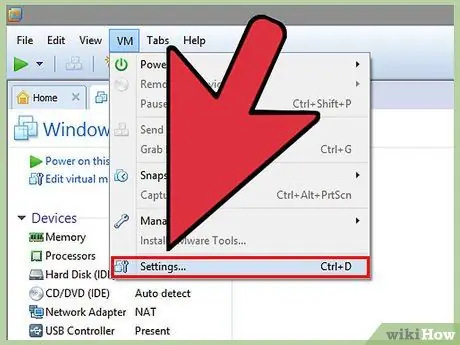
Step 2. Choose VM> Settings
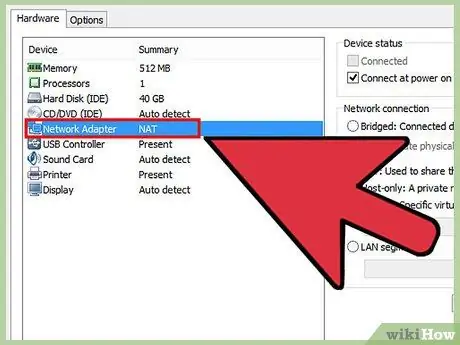
Step 3. In the hardware tab, click Network Adapter
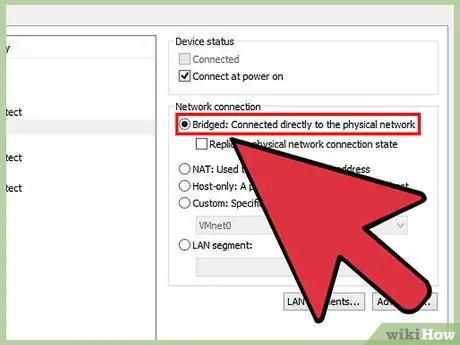
Step 4. Select bridge for the type of network to use
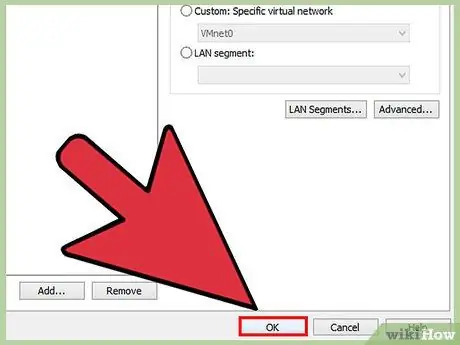
Step 5. Click OK
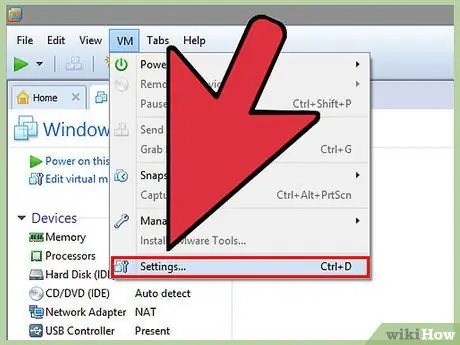
Step 6. Choose VM> Settings
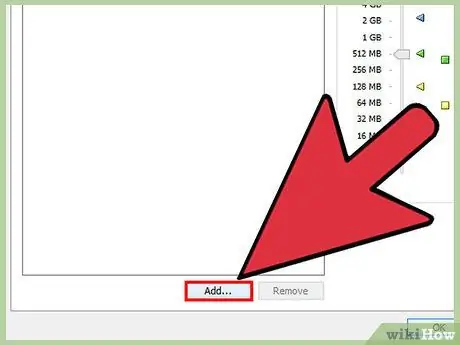
Step 7. On the Hardware tab, click Add
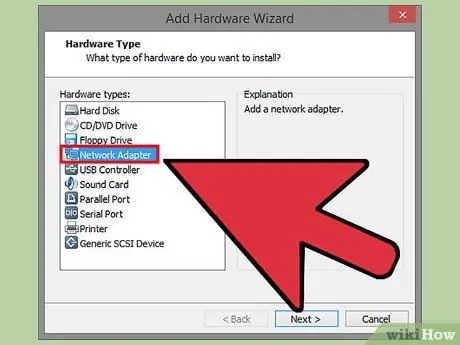
Step 8. Select Network Adapter and click Next
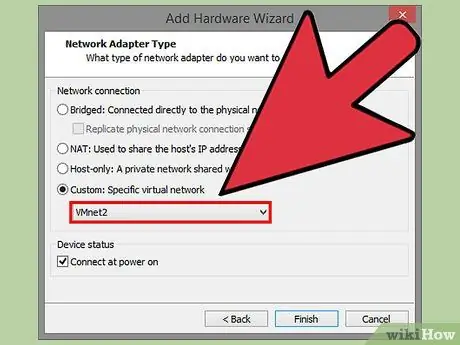
Step 9. Select Custom, choose to use VMnet2 network from the drop down menu
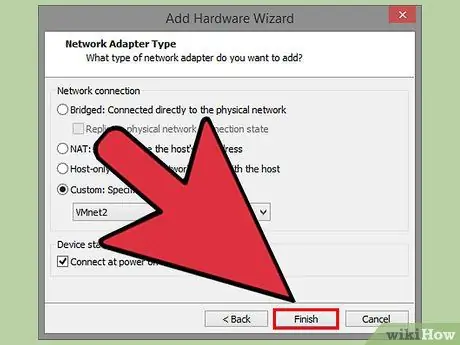
Step 10. Click Finish

Step 11. Open Virtual Machine2 by clicking in the window on the right, but do not turn it on
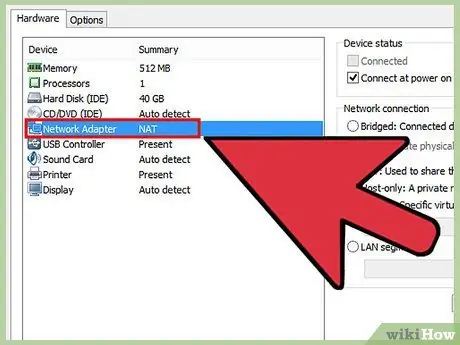
Step 12. On the Hardware tab, click Network Adapter
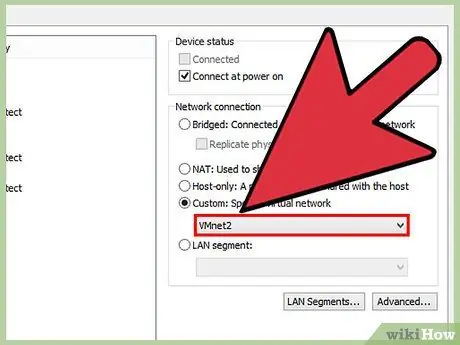
Step 13. In the right window, select Custom and choose to use VMnet2 network from the drop-down menu
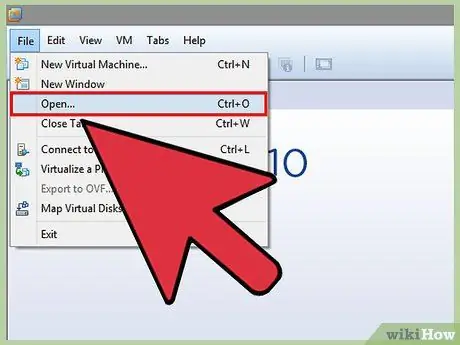
Step 14. Open Virtual Machine3 by clicking on the window on the right, but do not turn it on
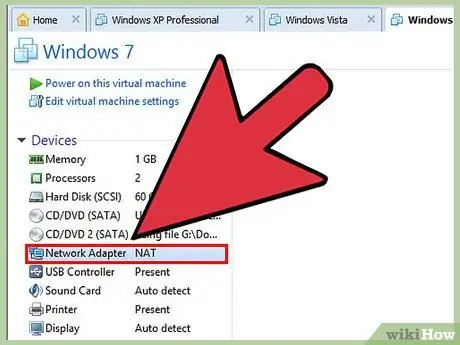
Step 15. On the Hardware tab, click Network Adapter

Step 16. In the right window click on Custom and choose to use the VMnet2 system from the drop-down menu

Step 17. Use the virtual machine settings to add a second network adapter
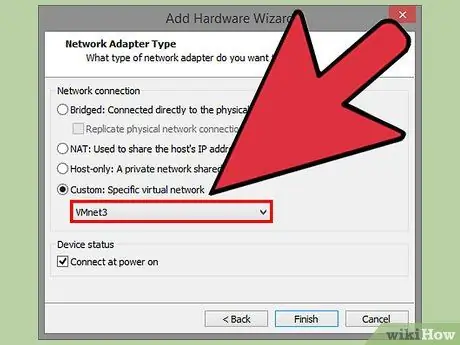
Step 18. Connect the second network adapter to the custom network (VMnet3)
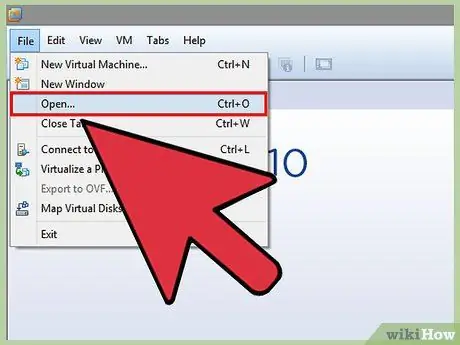
Step 19. Open the Virtual Machine4 by clicking on the window on the right, but do not turn it on

Step 20. Use the virtual machine settings to add a network adapter

Step 21. Connect the adapter to the custom network (VMnet3)
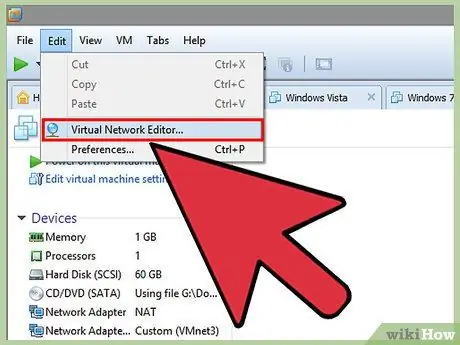
Step 22. Choose Edit> Virtual Network Editor
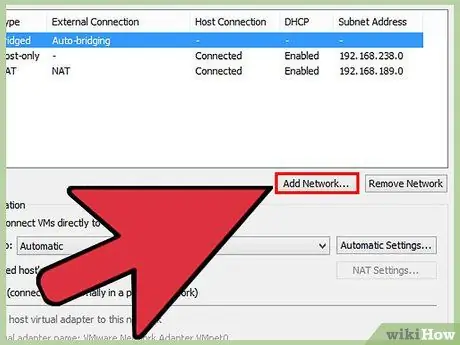
Step 23. In the Virtual Network Editor dialog box, click Add Network
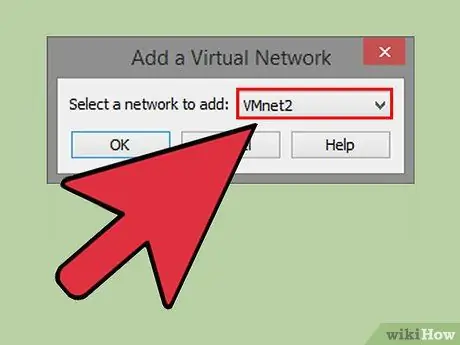
Step 24. In the dialog box to add a virtual network, choose the VMnet2 network by adding it from the drop-down menu
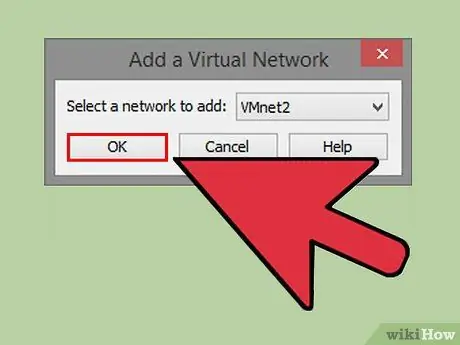
Step 25. Click OK
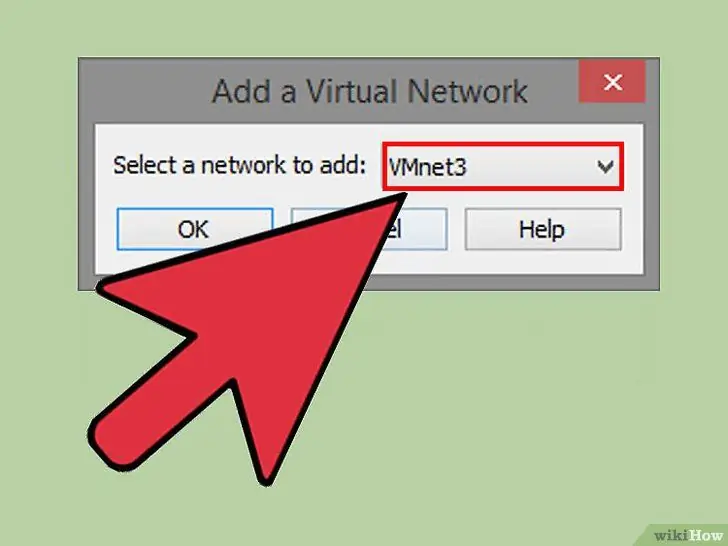
Step 26. Add VMnet3
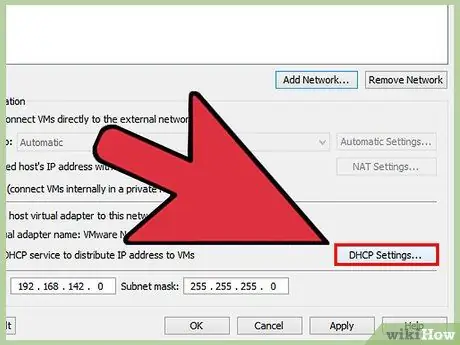
Step 27. Click DHCP Settings, check the IP address range for VMnet2 and VMnet3 in the DHCP settings dialog
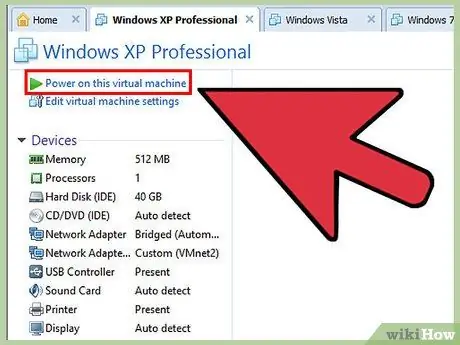
Step 28. Power up the four virtual machines

Step 29. Open the firewall in Virtual Machine1 and Virtual Machine3 but close the others
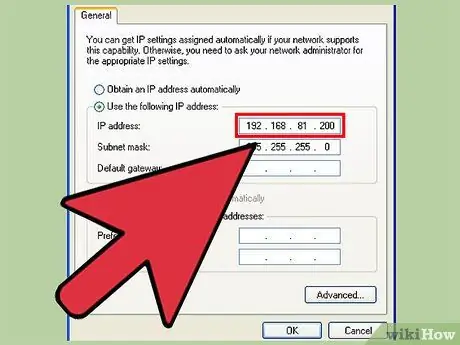
Step 30. Set the IP address for the adapter in VM 1 by keeping the default settings for the bridged network adapter and assigning the IP address to the adapter to connect to VMnet2 in the range you are using with VMnet2
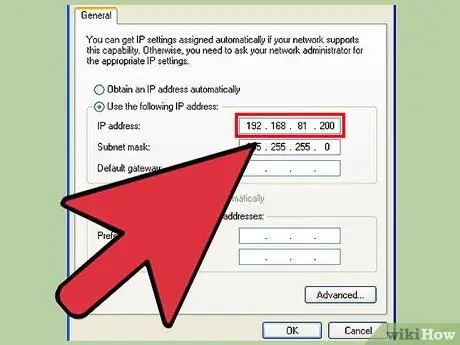
Step 31. Set the IP address for the two adapters in Virtual Machine2 by assigning an IP address to the adapter to connect to VMnet2 in the range you are using with WMnet2
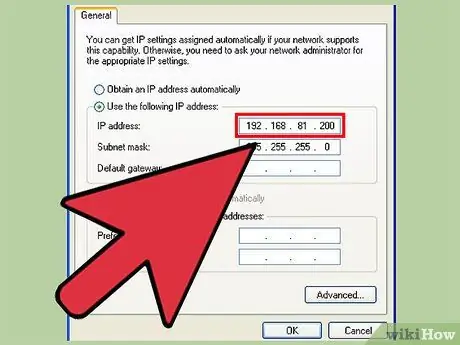
Step 32. Set the IP address in Virtual Machine3 by assigning the IP address to the adapter connecting to VMnet2 in the range you are using with VMnet2 and an IP address to the adapter connecting to VMnet3 in the range you are using with VMnet3
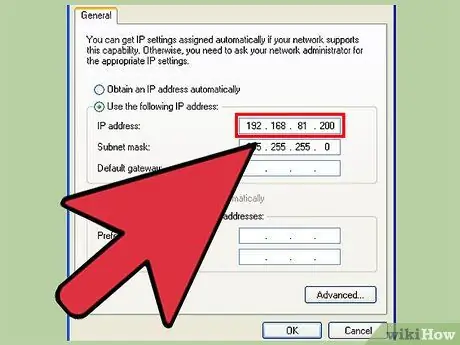
Step 33. Set the IP address for the adapter in Virtual Machine4 by assigning an IP address to the adapter to connect to VMnet3 in the range you are using with VMnet3
Advice
- Determine the network addresses used for VMnet2 and VMnet3: Open a command prompt and run the following command:
- ipconfig / all






